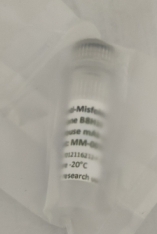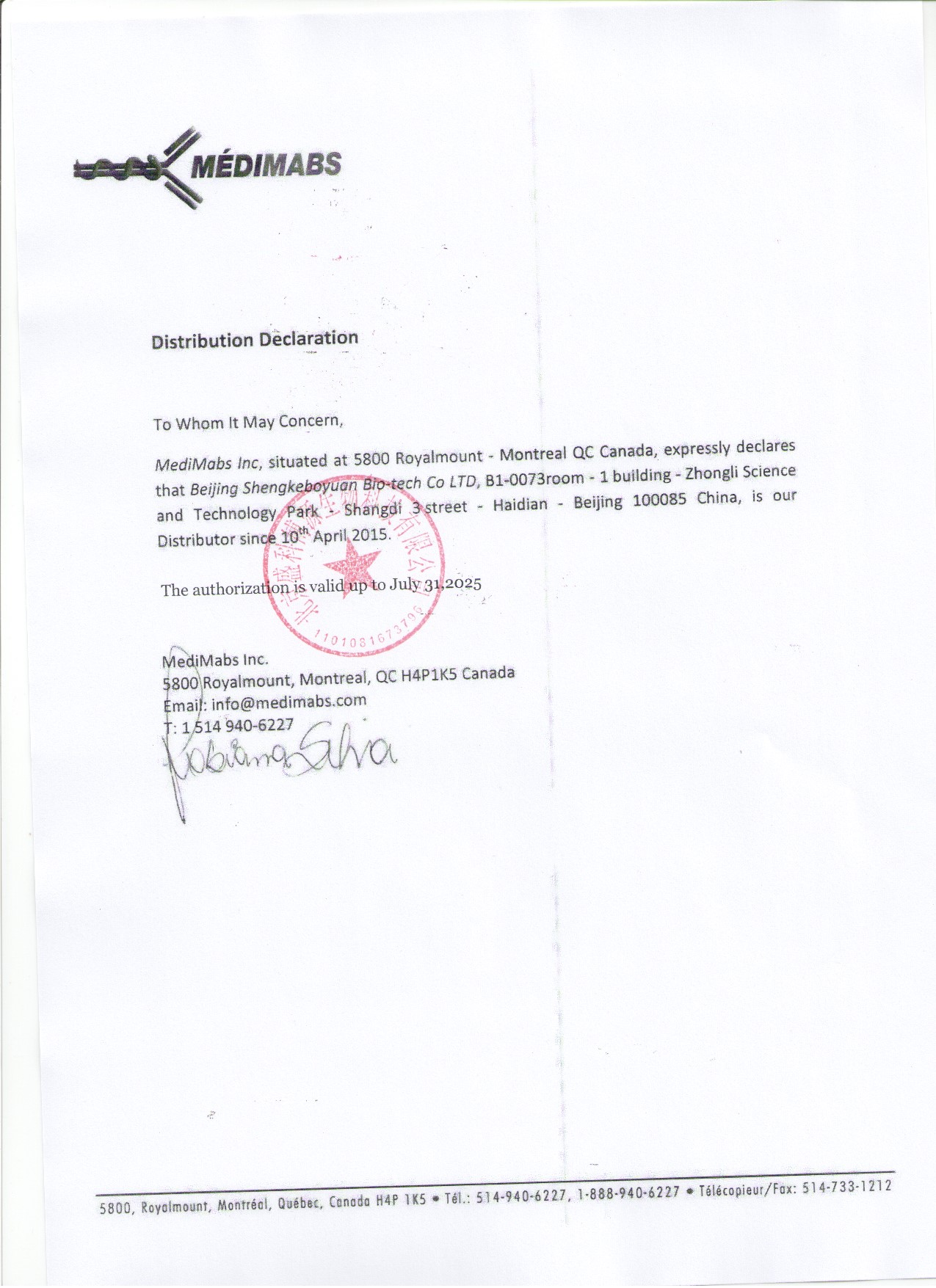 首页>
生物试剂
首页>
生物试剂
商家描述
商家资质信息
产品评价(0)
Target
STAM
Target background
The signal transducing adapter molecule 1 (STAM1) and signal transducing adapter molecule 2 (STAM2) are regulators of receptor signalling and trafficking. STAM interacts with the hepatocyte growth factor-regulated tyrosine kinase substrate (Hrs) to form a heterodimeric complex which mediates the endocytic sorting of ubiquitinated membrane proteins. Studies have demonstrated that the complex STAM/Hrs is tyrosine-phosphorylated in response to a variety of growth factors including EGF, HGF and PDGF. STAM1 and STAM2 phosphorylation occurs on tyrosines upon stimulation with cytokines through the Jak3 signaling pathway, which is essential for T-cell development. STAM has an important role in T-cell development and survival in the thymus through the prevention of apoptosis but is not necessary for the proximal signaling of TCR and cytokine receptors.
Target alias
Signal transducing adapter molecule
Specificity
The antibody recognizes the STAM1 and STAM2.
Clone ID
G1G5
Preservative
None
Format
Purified with protein G, stored in PBS pH 7.4 and lyophilized.
Recommend starting dilution
If reconstituted with deionized water in 50 µl: WB 1:1000, IHC 1:500. Optimal dilution has to be determined by the user.
Limitations
Research Use Only
Storage
Lyophilized antibodies can be kept at 4ºC for up to 3 months and should be kept at -20ºC for long-term storage (2 years). To avoid freeze-thaw cycles, reconstituted antibodies should be aliquoted before freezing for long-term (1 year) storage (-80ºC) or kept at 4ºC for short-term usage (2 months). For maximum recovery of product, centrifuge the original vial prior to removing the cap. Further dilutions can be made with the assay buffer. After the maximum long-term storage period (2 years lyophilized or 1 year reconstituted) antibodies should be tested in your assay with a standard sample to verify if you have noticed any decrease in their efficacy. To limit antibody loss or degradation, BSA (final concentration 1%) and sodium azide (final concentration 0.02%) can be added to the suggested first dilution. It is important to first verify if those preservatives are compatible with your assay.
 会员登录
会员登录.getTime()%>)
 购物车()
购物车()

 成功收藏产品
成功收藏产品
